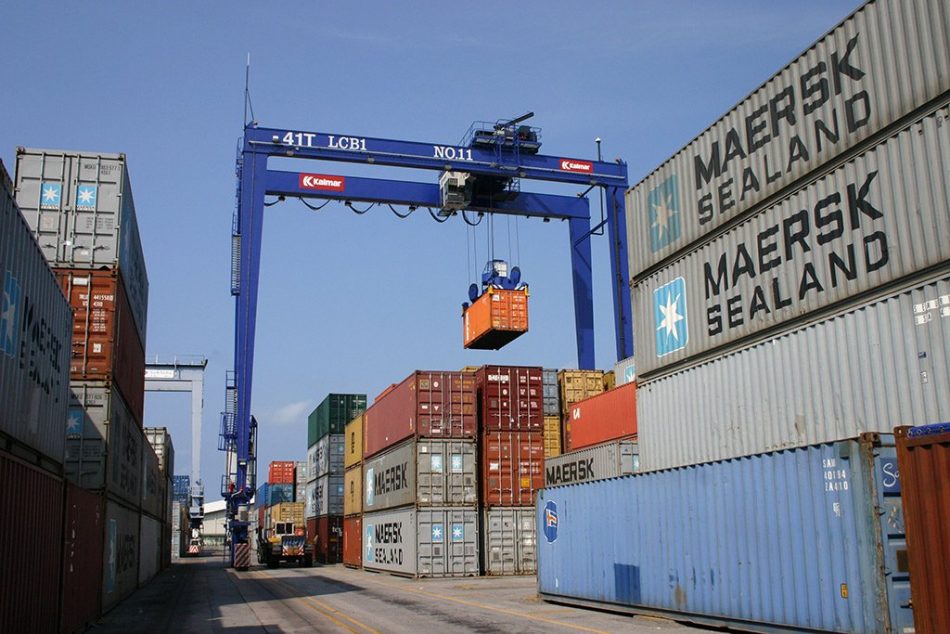The shipping industry is a mess of carriers, brokers, independent contractors, and is generally not very client-friendly. The mix of complicated routes, opaque pricing, uncertainty in carriers, and even risk of cargo theft loom over the industry and make shippers generally lack trust in what should be a transparent process of moving goods from Point A to Point B. Indeed, one never really knows how many hands touch your shipment, and what can go wrong each step of the way.
Enter blockchain technology, which seems to be storming into every industry in new ways every day. The public ledger concept touted as Web 3.0 has yet to find its way into logistics on a large scale, but researchers are testing several ways it can significantly improve the reliability and trustworthiness of freight shipments on everything from LTL to intermodal.
Imagine—your company has just placed an order for $250,000 worth of cargo from China and it will arrive by container ship. Depending on where it’s going, it may route through the Port of Singapore and have to be handed off to a different vessel. From there it will go to the destination port, followed by truck or rail—or combination thereof—to its end destination. Did you count how many times the cargo is touched before reaching you?
While cargo and freight security is significantly better than it used to be, cargo theft is still a huge concern in the industry.
In comes the public ledger—a level of accountability that can be confirmed by third parties each step of the way all the way down to the carton or the individual unit of product. Transparency in price is a massive issue as well. Shippers have no idea what the true cost to ship is, and carriers struggle to compete at times when brokerage fees are added.
Freight brokers can add as much as 50% or more to the cost of shipping. This not only costs the shipper more, but it also takes money from the carrier’s pocket and raises the cost of goods for consumers. A public blockchain, allowing for the direct connection of carriers, shippers, independent drivers and more, could reduce costs, improve traceability, increase trust, and even improve transit times.
I’ve merely scratched the surface of what is possible in this scenario and I foresee much more coming to this old industry—an industry which is in dire need of a facelift. The coming changes will benefit carriers, drivers, and shippers alike.
Opinions expressed here are opinions of the Author. Influencive does not endorse or review brands mentioned; does not and cannot investigate relationships with brands, products, and people mentioned and is up to the Author to disclose. Accounts and articles may be professional fee-based.

